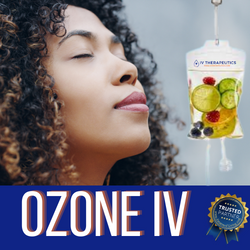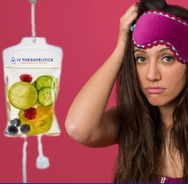DFW
Rockwall
Ft. Worth
Dallas
Frisco
NYC
Tampa
Housto
Vegas
Denver
Miami
San Antinio
Greenville
Nashville
Miami
LA
Scottsdale
albuquerque
Cheerycreek
City Beach
Denver
Tampa
Pheionx
Ft.Collins
Fort Worth
IV DRIP THERAPY
With decades of experience connecting consumers to healthcare leveraging technology we are please to report we are hitting records faster than expected thanks to you our valued consumers. So we are offering a coupon for new and returning customers,, to receive a few upgrade.
USE CUPON CODE: 100K
Protocols
IV DRIP BAG
IV (Intravenous) drip therapy is a medical treatment where fluids, medications, or nutrients are administered into the veins through an IV line. The protocols for IV drip therapy vary depending on the specific treatment goals, but some common elements include:
Patient assessment: This includes evaluating the patient’s medical history, vital signs, fluid status, and electrolyte levels.
Choice of fluid: The type of fluid used will depend on the patient’s individual needs and the treatment goals, e.g., saline solution, glucose solution, electrolyte solutions, etc.
Drip rate: This refers to the speed at which the fluid is infused into the veins, and is typically adjusted based on the patient’s fluid status, age, and health status.
Monitoring: IV therapy requires continuous monitoring of the patient’s vital signs and fluid status, to ensure that the treatment is safe and effective.
Medication administration: If medications are included in the treatment, they will be administered through the IV line, either as a bolus or as a continuous infusion, depending on the specific drug and treatment goals.
It’s important to note that IV drip therapy protocols should be prescribed and supervised by a licensed healthcare provider.
IV Drip Therapy over 65
Retired but living life to it’s fullest!
Geriatrics, or older adults, often have different needs when it comes to IV therapy due to age-related changes in their bodies and health conditions. Some options for IV therapy in geriatrics include:
Hydration therapy: Older adults are more prone to dehydration, and hydration therapy may be used to treat dehydration and maintain fluid balance.
Electrolyte replacement therapy: Older adults may have an increased risk of electrolyte imbalances, and IV electrolyte replacement therapy may be used to correct imbalances and prevent associated complications.
Nutrient therapy: Older adults may have difficulty getting adequate nutrients through diet alone, and IV nutrient therapy may be used to supplement their diets and maintain good nutrition.
Antibiotic therapy: Older adults are more susceptible to infections, and IV antibiotic therapy may be used to treat infections and prevent associated complications.
Pain management: Older adults may experience chronic pain, and IV pain management therapy may be used to provide pain relief and improve quality of life.
It’s important to note that the specific options for IV therapy in geriatrics will depend on the individual’s health status, medical history, and specific treatment goals, and should be prescribed and supervised by a licensed healthcare provider.




